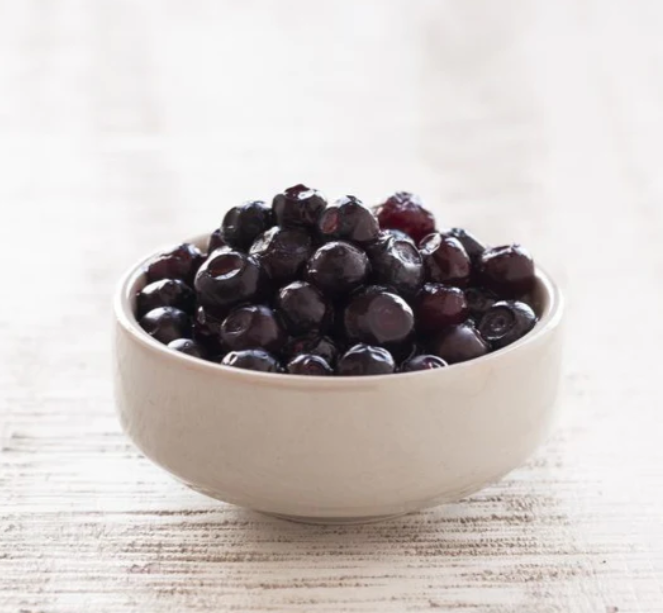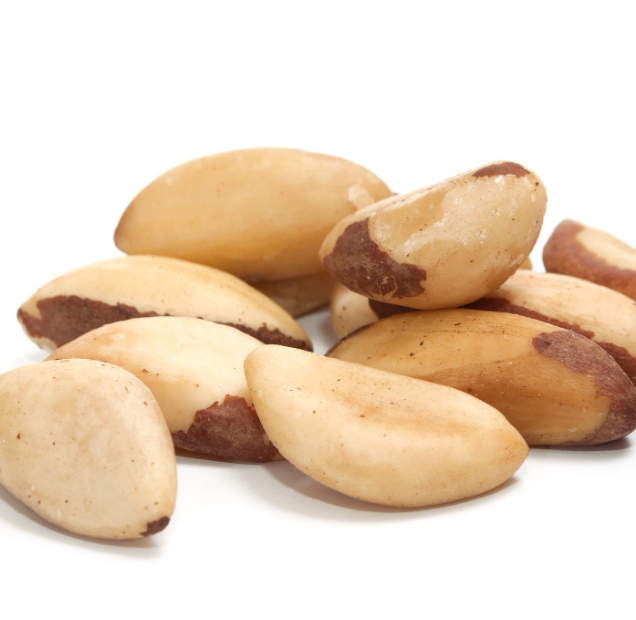Fresh Frozen versus Grocery Store Fresh
Whether it’s bought from a big box grocery store in the suburbs or a bodega in the city, most people believe that fresh food is better than frozen, right? Not necessarily. The answer is complex and depends on a variety of factors. To make educated decisions about the food you purchase, you must first know about how food is shipped and stored.


